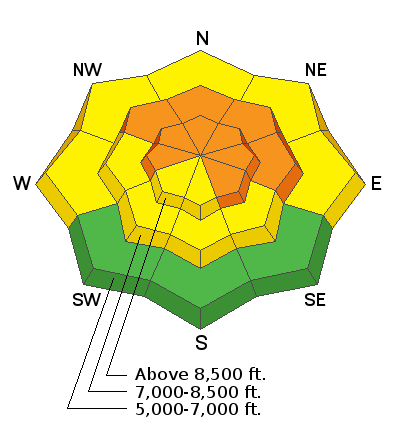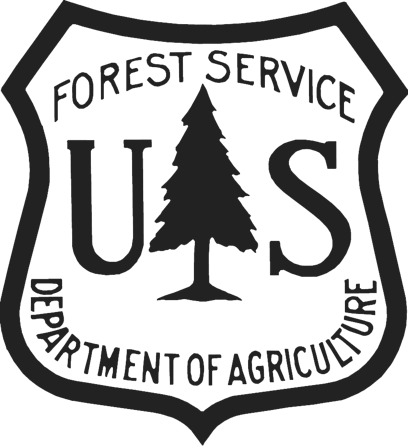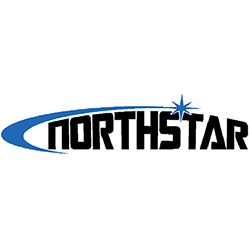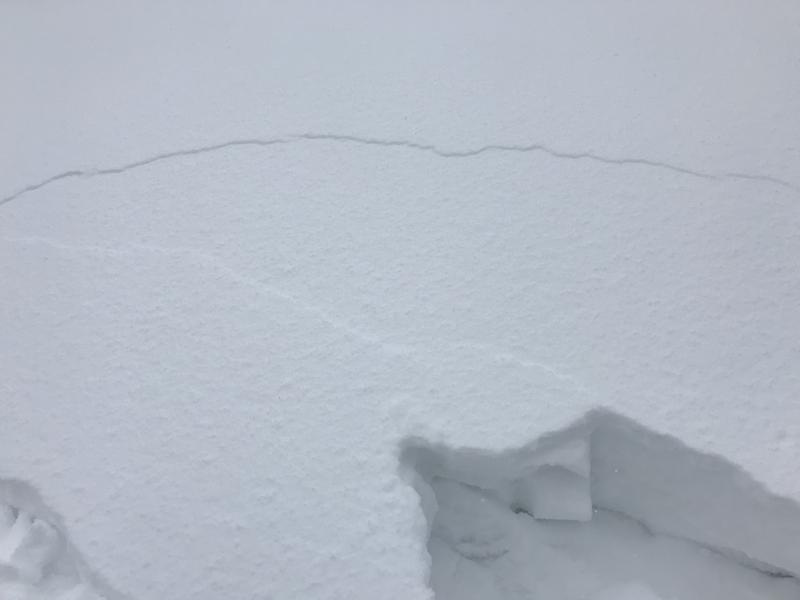Forecast for the Logan Area Mountains

Issued by Toby Weed on
Monday morning, January 4, 2021
Monday morning, January 4, 2021
Dangerous avalanche conditions and CONSIDERABLE danger exist at mid and upper elevations in the backcountry. People are likely to trigger dangerous 1 to 2-foot-deep slab avalanches failing on a sugary persistent weak layer. Avalanches are possible at all elevations, but most likely at upper and mid elevations on drifted slopes facing northwest through southeast. Avalanches could be triggered remotely or from a distance.
A winter storm with heavy snow and drifting tonight will cause rising avalanche danger in the backcountry, and natural avalanche activity is quite possible.
- Cracking and collapsing indicate unstable snow.
- Avoid and stay out from under all drifted slopes steeper than about 30 degrees.

Low
Moderate
Considerable
High
Extreme
Learn how to read the forecast here






